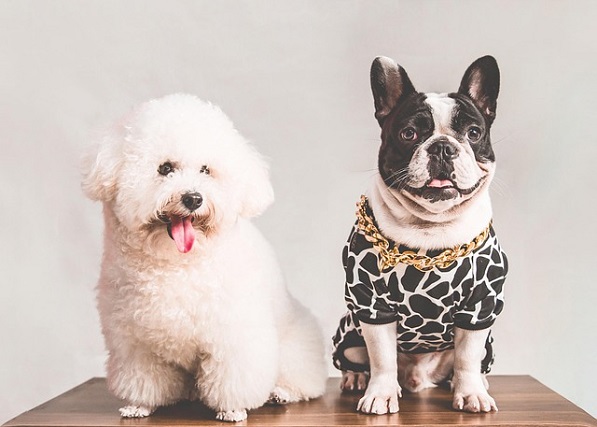
How can I tell if my dog's heatstroke is serious
Let’s be real: It’s a sticky August morning in Los Angeles, and you took your 2-year-old Golden Retriever, Max, for a walk a little later than usual
Ever wondered what’s the best chew for keeping your dog’s teeth sparkling and healthy? As a pet parent in Western countries, you’re not just looking for something to keep Fido occupied—you’re on the hunt for a safe, effective option that fits into your community’s expectations and complies with local laws. Let’s dig into what makes a great dental chew.
First off, understanding your dog’s teeth is key. Dogs have different types of teeth designed for various tasks: sharp canines for gripping, incisors for picking up food, and molars for grinding. Chewing helps scrape away plaque, stimulate saliva production (which neutralizes acids), and keep gums strong. But not all chews are created equal. Hard chews like real bones or overly rigid nylon toys might seem durable, but they can actually crack teeth, especially in breeds with powerful jaws like Pit Bulls or German Shepherds. In many Western cities, vets warn against these options, and some pet product regulations even restrict the sale of items posing high dental - risk.
Material safety is a non - negotiable factor in Western pet care culture. Look for chews made from FDA - approved rubber, food - grade silicone, or natural latex that’s free of harmful chemicals like BPA and phthalates. For example, in the EU, pet products must meet strict safety standards under the REACH regulation, and in the US, the Consumer Product Safety Commission (CPSC) monitors product safety. Always check for certifications or third - party testing labels on chews—using unsafe products not only endangers your dog but could also land you in trouble, as many local animal welfare laws require owners to provide safe equipment.
Texture matters too. Chews with ridges, bumps, or grooves can reach those hard - to - clean areas between teeth and along the gum line, acting like a natural toothbrush. Puzzle - style chews that dispense treats add an extra layer of benefit by combining dental exercise with mental stimulation, which is highly valued in Western households where keeping dogs engaged is seen as essential for their well - being. However, be cautious with chews that have small parts or pieces that can break off easily. In shared living spaces like apartment buildings, loose bits pose a choking hazard and violate the unwritten rules of responsible pet ownership in Western communities.

Cultural habits also influence chew choices. In urban areas, noise - reducing options are a godsend for apartment dwellers dealing with noise ordinances—loud, crunchy chews can bother neighbors, while softer rubber or plush - textured ones are more considerate. Additionally, when taking your dog to public spaces like parks, having a clean, well - maintained chew reflects positively on you as a pet owner. Many Western pet owners rotate chews regularly to keep their dogs interested and to ensure each item gets proper wear - and - tear inspection.
So, what are some top picks? Brands like Kong (especially their dental - specific rubber toys), Nylabone’s Dura Chew line (engineered to be tough yet tooth - friendly), and Greenies Dental Treats (which dissolve slowly and help clean teeth) are often recommended by vets and trainers. Remember, the best chew for your dog depends on their size, breed, and chewing style. By prioritizing dental health, safety compliance, and cultural sensitivity, you can find a chew that not only protects your dog’s teeth but also fits seamlessly into your Western lifestyle.

Let’s be real: It’s a sticky August morning in Los Angeles, and you took your 2-year-old Golden Retriever, Max, for a walk a little later than usual

You're enjoying a summer afternoon at the park when you notice your dog has stopped panting and appears disoriented - their gums are bright red

Let’s paint the picture: You’re in your Denver apartment, watching your 4-year-old Boston Terrier, Ruby, plop down mid-play session with her favorite toy

Many dog owners notice their pets nails seem shorter after regular walks,but how much does this daily activity actually help?The answer depends on where you walk—concrete sidewalks or asphalt streets gently file nails as a dog's paws hit the ground

Most dog owners notice their pup scooting across the carpet at some point, but few connect it to impacted anal glands. These small sacs near a dog’s rectum secrete a scent for marking territory

Most vets agree that regular dog teeth cleaning is key to avoiding painful dental issues later. For healthy adult dogs, a professional cleaning at the vet’s office every 12 to 18 months usually works well.